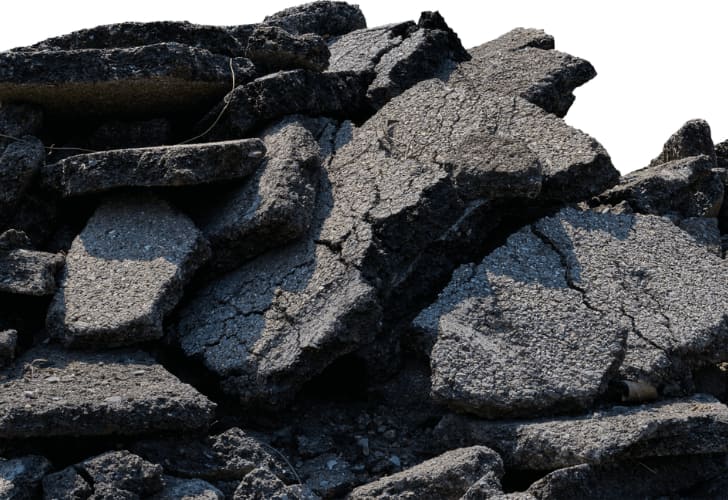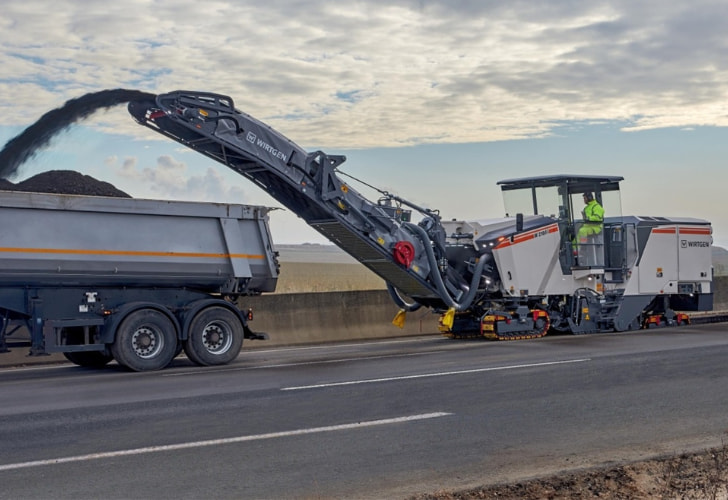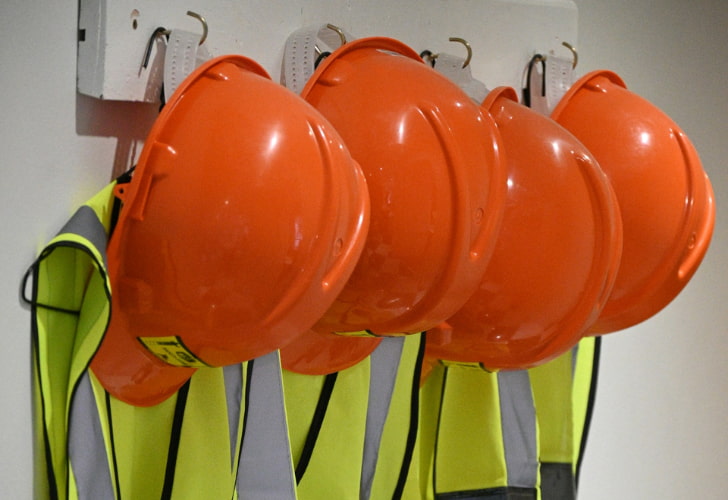Road milling, also known as asphalt milling or pavement milling, is a road repair technique that removes the damaged surface layer of asphalt or concrete with specialized milling machines. The road milling process helps eliminate cracks, ruts, and other defects while creating a rough surface that allows the new layer to bond firmly with the old one. The removed material, known as reclaimed asphalt pavement (RAP), is collected and can be recycled for future use.

(Image Source: Photo by Jens Aber on Unsplash.com)
Why Is Road Milling Important?

(Image Source: asphalticons.com)
One of the key advantages of road milling is its sustainability. Since the milled material can be recycled and reused in new asphalt mixtures, the process reduces construction waste and saves natural resources. At the same time, it improves the efficiency of road repair projects by allowing traffic to resume more quickly compared with complete reconstruction. In addition, the road milling process can extend the service life of the road.
Road Milling Process
Whenever you need to clear out surface damage, fix uneven spots, or reset the pavement level, road milling is often the most practical choice. This process has become a standard method in modern road maintenance, widely applied to highways, city streets, and airport runways. It is especially effective for medium-scale repairs and for treating larger areas of deterioration. Road milling is also used for localized problems such as bumps, uneven spots, or surface defects, where the machine can precisely target and remove the damaged portion without disturbing the surrounding pavement.

(Image Source: wirtgen-group.com)
Here is the detailed process of road milling:
Before a single milling tooth touches the pavement, the team should do the homework in advance: engineers or experienced technicians walk the site, measure depths, check for underground utilities, plan traffic control, and map transitions so nothing surprises the team.
Based on that assessment, they decide how deep and how wide to mill. The depth typically ranges from about 2–5 cm (roughly 0.8–2.0 in) for surface work, but it should also follow the pavement condition. The team, then, makes sure machines, material supply, and personnel are ready and briefed.
Next comes the machine setup and the milling itself. The milling machine is set to the target depth, fitted with the right drum and cutting teeth , and positioned properly so its conveyor can load the milled material directly into trucks. Operators run controlled passes: the rotating drum grinds the pavement, the removed material (RAP) is collected for recycling, and the operator keeps speed, overlap, and drum settings steady so the cut is uniform.
Once milling is complete, the surface gets a proper clean. Before paving, team members re-check levels and joints so the new layer will sit right. Then the paver lays the fresh asphalt mix, and rollers follow in stages, seam treatment, initial, intermediate, and final passes, to achieve the required density and smoothness.
Finally, the new surface is inspected and given time to cool and cure; many teams won’t open traffic until the surface has cooled to a safe temperature (often around or below 50°C, depending on local spec), and they’ll do follow-up checks.
Key Considerations During Road Milling

(Image Source: Photo by Tanya Paquet on Unsplash.com)
During the road milling process, a few things need extra attention to keep the process smooth and safe. First and foremost, safety is key: clear warning signs should be set up around the site, and everyone on the team should wear helmets, reflective vests, and other protective gear. Weather also matters. Heavy rain or strong wind can not only slow down work but also affect the quality of the milling, so it’s best to schedule carefully. Because milling machines aren’t quiet, working near residential areas calls for giving neighbors a heads-up and taking measures to reduce noise. Traffic control is another priority, making sure vehicles and pedestrians can move safely around the work zone. Finally, keeping the environment in mind goes a long way: controlling dust, managing debris, and recycling the milled asphalt wherever possible all help make the project both professional and responsible.
*All of the above images are not intended for commercial use.
